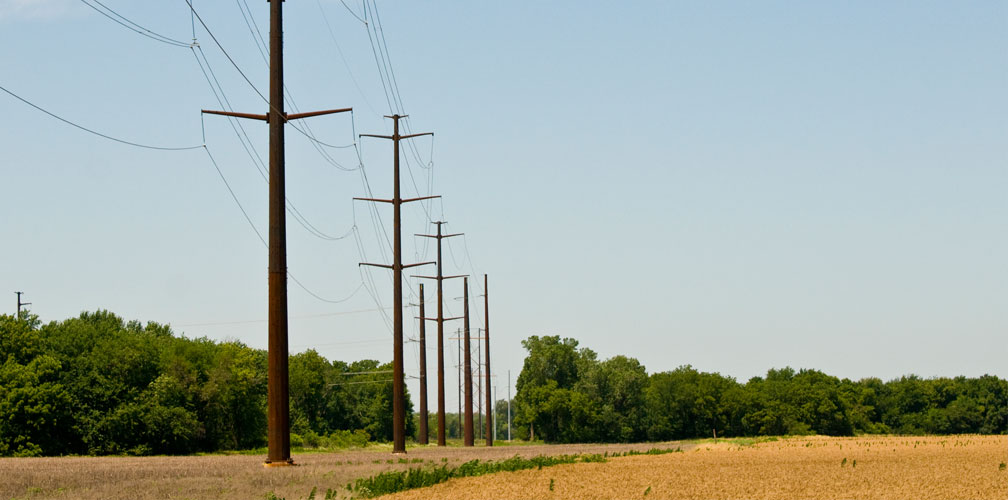In my last article, I addressed the definition of an easement and the ways in which an easement can be created. In this article, I’ll address the determination of the location and dimensions of an express easement.
The location and dimensions of an express easement are determined from the terms of the granting instrument. The instrument need not include a metes and bounds description of the easement location and dimensions. For example, in a utility easement, a centerline description—defining the location and dimensions of the easement in terms of distance from the centerline of an electric line or gas pipeline—is common.
Where no specified width is mentioned in an easement, its width should be determined by what is reasonably necessary and convenient for the purposes for which the easement was originally granted. In making that determination, a court may consider the circumstances surrounding the transaction that created the easement.
A “blanket easement” is an easement granted in general terms, without a definite location on the encumbered property, also known as the “servient estate.” Until located, a blanket easement applies to the entirety of the servient estate.
The right to locate a blanket easement belongs initially to the owner of the servient estate, but he/she may only locate it in a reasonable manner, having due regard for the rights and interests of the owner of the easement, or “dominant estate.”
Where the owner of the servient estate does not locate a blanket easement, the owner of the dominant estate acquires the right to locate it, but he/she/it must also exercise the power to locate the easement with due regard to the interests, rights, and convenience of the owner of the servient estate.
It has long been the law of Ohio that, once a blanket easement has been located, and its dimensions have been established by use and acquiescence, neither the servient estate owner nor the dominant estate holder may unilaterally change the easement’s location or dimensions. However, a relatively recent decision of the Ohio Supreme Court may cast doubt upon the continued vitality of that long-established rule of law, at least in certain circumstances.
In State ex rel. Wasserman v. Fremont, 140 Ohio St.3d 471, 20 N.E.3d 664 (2014), the Ohio Supreme Court held that an easement holder was entitled to relocate the path of a drainage tile after establishment, even though no right to do so was spelled out in easement, so long as the essential purpose of the easement was still accomplished after relocation.
Ohio Courts are probably more likely to limit Wasserman to its facts than to use the decision to break away from the general rule prohibiting either party to an established easement from unilaterally re-locating the easement. Nevertheless, it’s a decision worth watching in the years to come.
And that’s basically it for determining the location and dimensions of an express easement. Stay tuned for additional articles regarding other easement litigation topics I’ve encountered in my practice.

